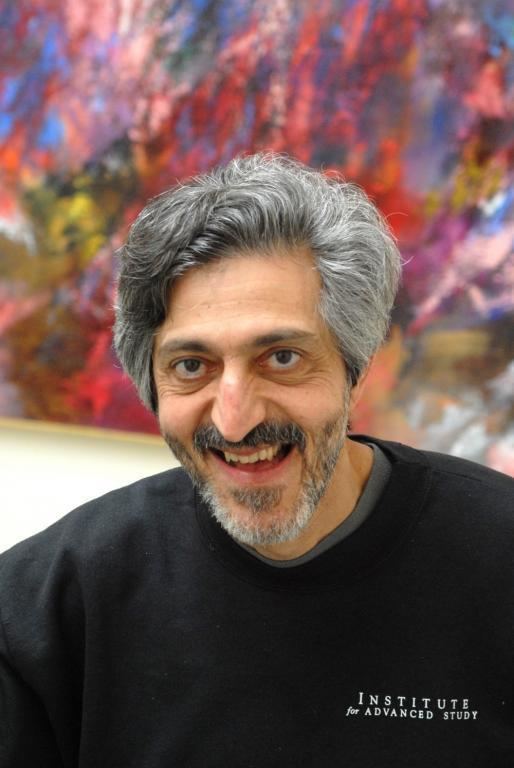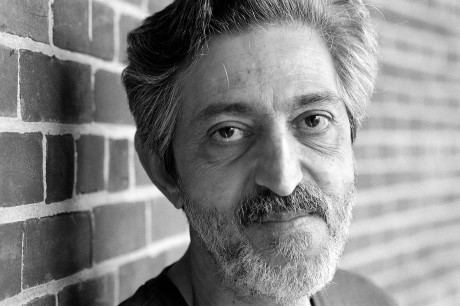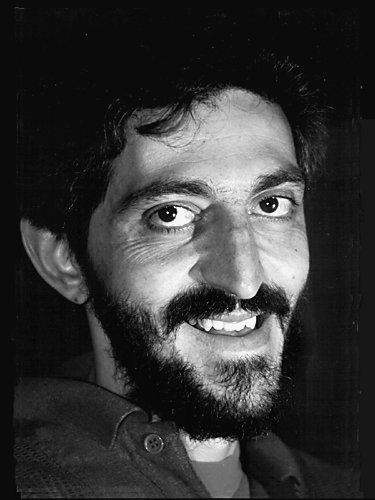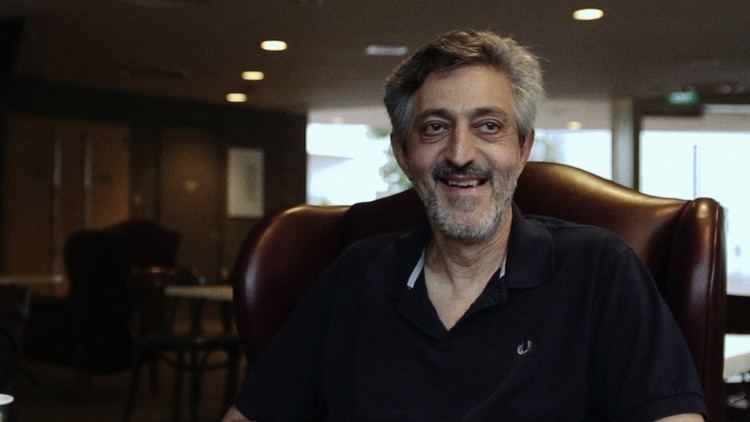Name Avi Wigderson Role Mathematician | Awards Nevanlinna Prize | |
 | ||
Alma mater TechnionPrinceton University Thesis Studies in Computational Complexity (1983) Doctoral students Dorit AharonovRoy ArmoniEli Ben-SassonAviad CohenJoseph GilRafi HeimanMauricio KarchmerIlan NewmanYuri RabinovichPrabhakar RagdeRan RazMoti ReifRonen ShaltielAmir Shpilka Notable awards Nevanlinna Prize, Godel Prize People also search for Richard J. Lipton, Dorit Aharonov, Michael Ben-Or | ||
Doctoral advisor Richard J. Lipton | ||
Professor avi wigderson on the p vs np problem
Avi Wigderson (Hebrew: אבי ויגדרזון; born 9 September 1956) is an Israeli mathematician and computer scientist. He is professor of mathematics at the Institute for Advanced Study in Princeton. His research interests include complexity theory, parallel algorithms, graph theory, cryptography, distributed computing, and neural networks.
Contents
- Professor avi wigderson on the p vs np problem
- Professor avi wigderson on a computational theory of randomness
- Biography
- Awards and honors
- References

Professor avi wigderson on a computational theory of randomness
Biography

Wigderson did his undergraduate studies at the Technion in Haifa, Israel, graduating in 1980, and went on to graduate study at Princeton University. He received his Ph.D. in 1983 for work in computational complexity under the supervision of Richard Lipton. After short-term positions at the University of California, Berkeley, the IBM Almaden Research Center in San Jose, California, and the Mathematical Sciences Research Institute in Berkeley, he joined the faculty of Hebrew University in 1986. In 1999 he also took a position at the Institute for Advanced Study, and in 2003 he gave up his Hebrew University position to take up full-time residence at the IAS.
Awards and honors

Wigderson received the Nevanlinna Prize in 1994 for his work on computational complexity. Along with Omer Reingold and Salil Vadhan he won the 2009 Gödel Prize for work on the zig-zag product of graphs, a method of combining smaller graphs to produce larger ones used in the construction of expander graphs. He was elected to the National Academy of Sciences in 2013.

